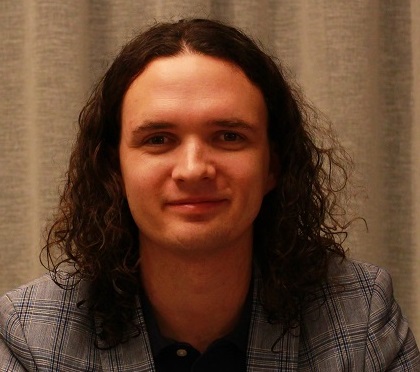
The Papal Schism occurred in the 14th and into the 15th century, when three legitimately elected Popes vied for the Chair of Peter at the same time.
A bit of background…
Boniface VIII elected Pope in 1294 and became very politically active. Tensions grew between the papacy and France, and the French king Philip IV called the Pope a false Pope. Boniface planned on excommunicating Philip, but the French caught wind of the plot and kidnapped the Pope. He was humiliated and never quite recovered. He died shortly after.
Following him, Benedict XI died under suspicious circumstances less than a year later.
A Frenchman then became Pope (suspicious?) and took the name Clement V, who moved the papacy to Avignon in France. 7 Popes resided in Avignon over the next century, known as the Avignon Papacy. This period was marked by corruption and heavy taxation.
Catherine of Sienna, a worker for the poor and performer of miracles, had a vision and declared that the papacy must return to Rome. She wrote to the Pope of the time, Gregory XI, many times over the next several years. The papacy did return to Rome in 1377.
Gregory died in 1378, leaving the Chair of Peter empty, precipitating a period of political chaos (Game of Thrones style).
The Italians were worried about a French Pope returning the papacy to Avignon, and the French were worried about an Italian Pope who would strip them of the privileges that had been enjoying. Riots broke out and the mob wanted an Italian Pope. Urban VI was elected and he indeed condemn the luxurious lifestyles of the Avignon papacy. He eventually became known as the Mad Pope.
The French then argued that they were coerced and intimidated into voting for Urban and so declared him a false Pope. They voted in a second Pope, Clement VII. So two Popes, both elected by essentially the same people, one in Rome and one in Avignon.
Eventually the cardinals from both Rome and Avignon grew tired of the schism and the ever-failing negotiations. They took matters into their own hands and called for a council, where they insisted that both Popes abdicate and a new one elected. They voted for Alexander V, a third Pope.
The other two, however, refused to play ball. And then Alexander died less than a year later and his successor, John XXIII, was forced to flee to Germany.
Another council was convened in 1414, where John expected the support of the council, but instead they forced him to resign. They also forced Gregory, the Roman Pope, to resign. Benedict, the Avignon Pope, refused and ran off to Spain where he was essentially forgotten about and no one really cared.
A new Pope, Martin V, was elected and the Papal Schism was over.
This period demonstrates the rise of conciliarism, where a council can take priority over an individual Pope. Ever since, there has been tension between the cardinals and the individual Pope, and power has swayed to and fro.


Leave a comment